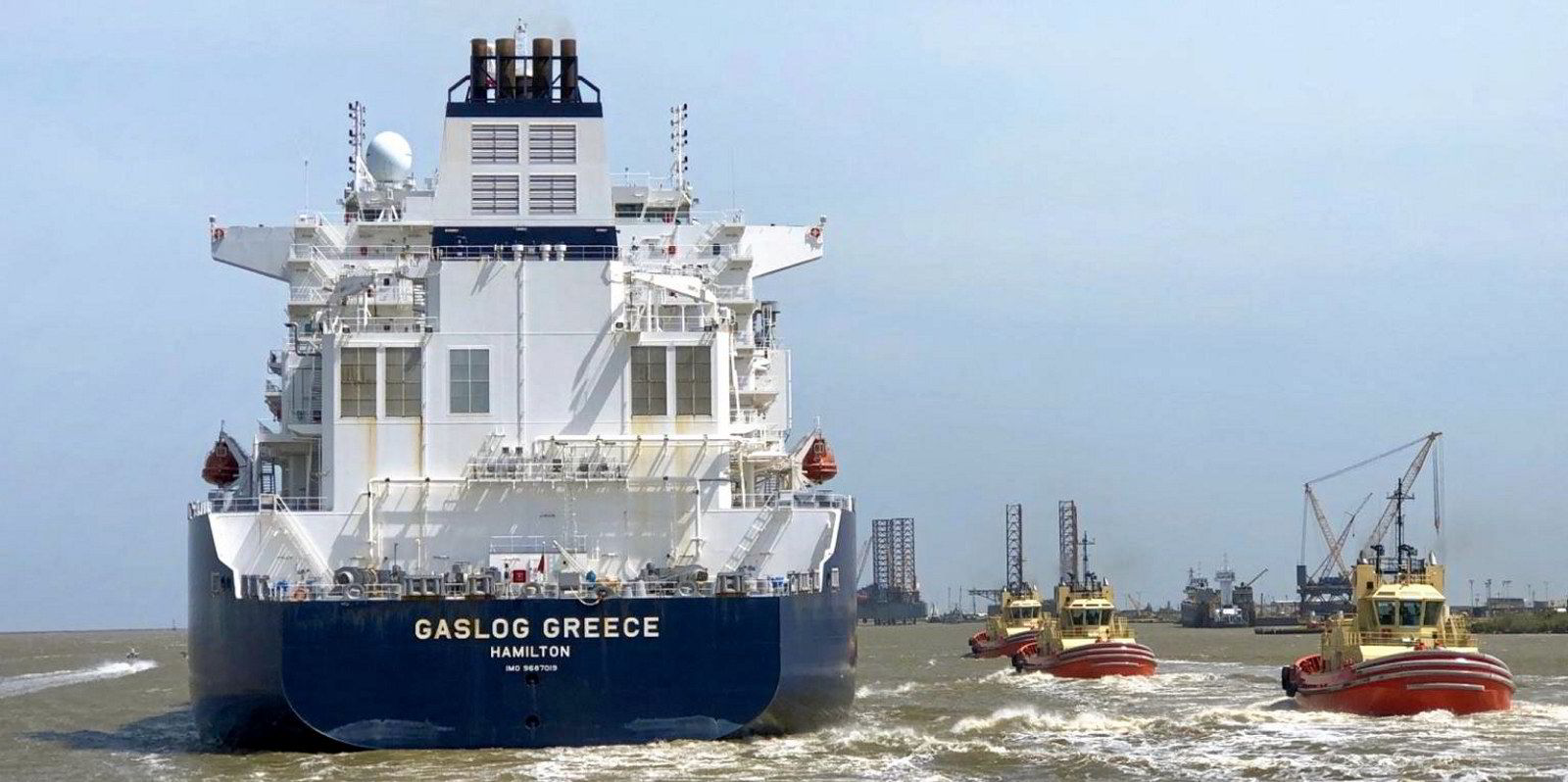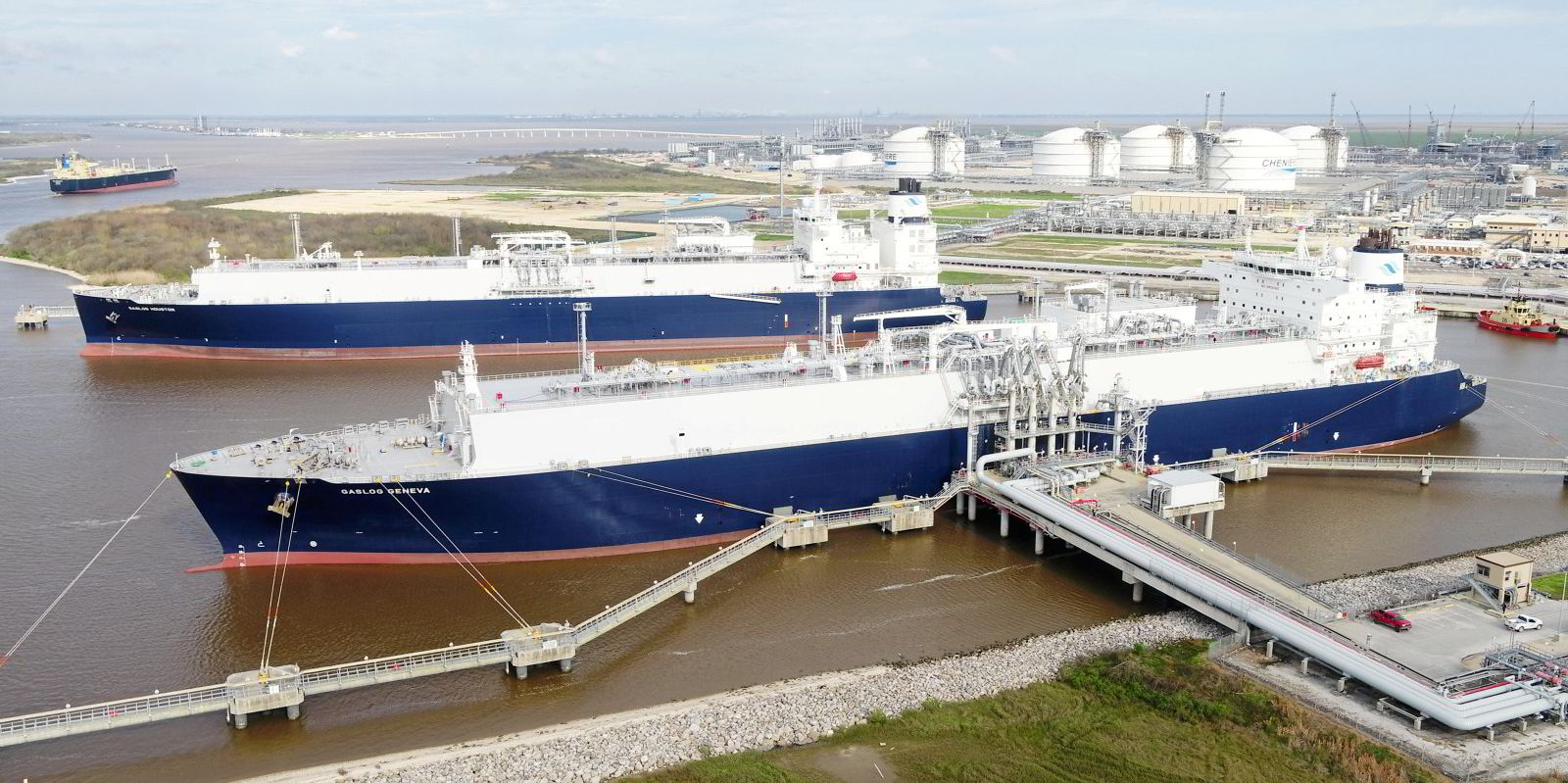US-based derivatives exchange CME Group is to start clearing services for container freight futures early next year.
Contracts will be launched on routes between China and the US, North Europe and the Mediterranean from the end of February, using the Freightos Baltic Index (FBX) for settlement.
Container FFA stakeholders believe the involvement of a major clearing will provides a major boost to the market for container Forward Freight Agreements (FFAs).
While derivatives products are well established in the dry and tanker sector, they have failed to gain much traction in the container sector.
But the unpredictability of freight pricing and impact on the logistic chain over the last year had led many to look for more certainty in future pricing, according to derivatives broker Freight Investor Services (FIS).
"If there was ever a time for this to be adopted into the container freight market, then it is now," said Alex Pereira Inacio, managing director of strategy at FIS.
March 2022 contracts at the ready
The first month for trading the futures contract on CME is March 2022, pending regulatory review.
Contracts will be priced in US dollars per 40-foot equivalent unit (feu).
The focus will be on six daily indices published by The Baltic Exchange, which uses data from freight booking platform Freightos.
"This will bring containerised shipping into a new era of financial sophistication," Freightos chief executive Zvi Schreiber wrote on LinkedIn.
FIS derivatives broker Peter Stallion described the move by CME as "a decisive step for the container market".
It follows "an extremely volatile and disruptive period for the container market" and would "bring in crucial liquidity providers", he said.
Freight rates undergone a year of record rate volatility, driven by bottlenecks and container equipment shortages.
The CME has chosen some of the largest and more volatile routes for its contracts, notably FBX1, which measures rates from China to the US West Coast.
Freight rates measured by FBX1 soared from $1,400 per feu pre-Covid to more than $20,000 per feu last September.
This week, they were back down to $14,616 per feu.
"The timing couldn't be better," Schreiber wrote. "This volatility makes the stock exchange look stable."
"Our research shows that shipping contracts have migrated from fixed price to spot," he added.
"Importers and exporters need a way to hedge against high shipping prices, while carriers need to hedge against prices going down. Forwarders may be exposed in either direction."
Despite the hikes in prices into 2021, counterparties are still looking to hedge in future rates, FIS said.







